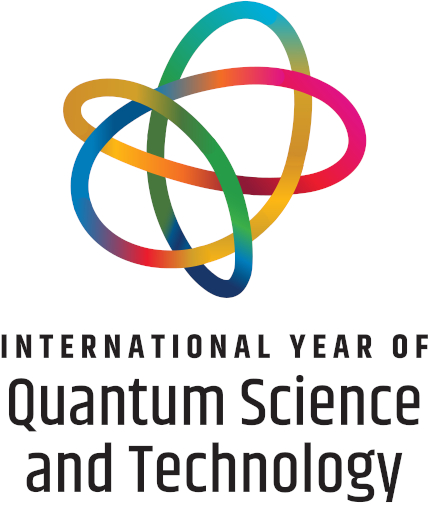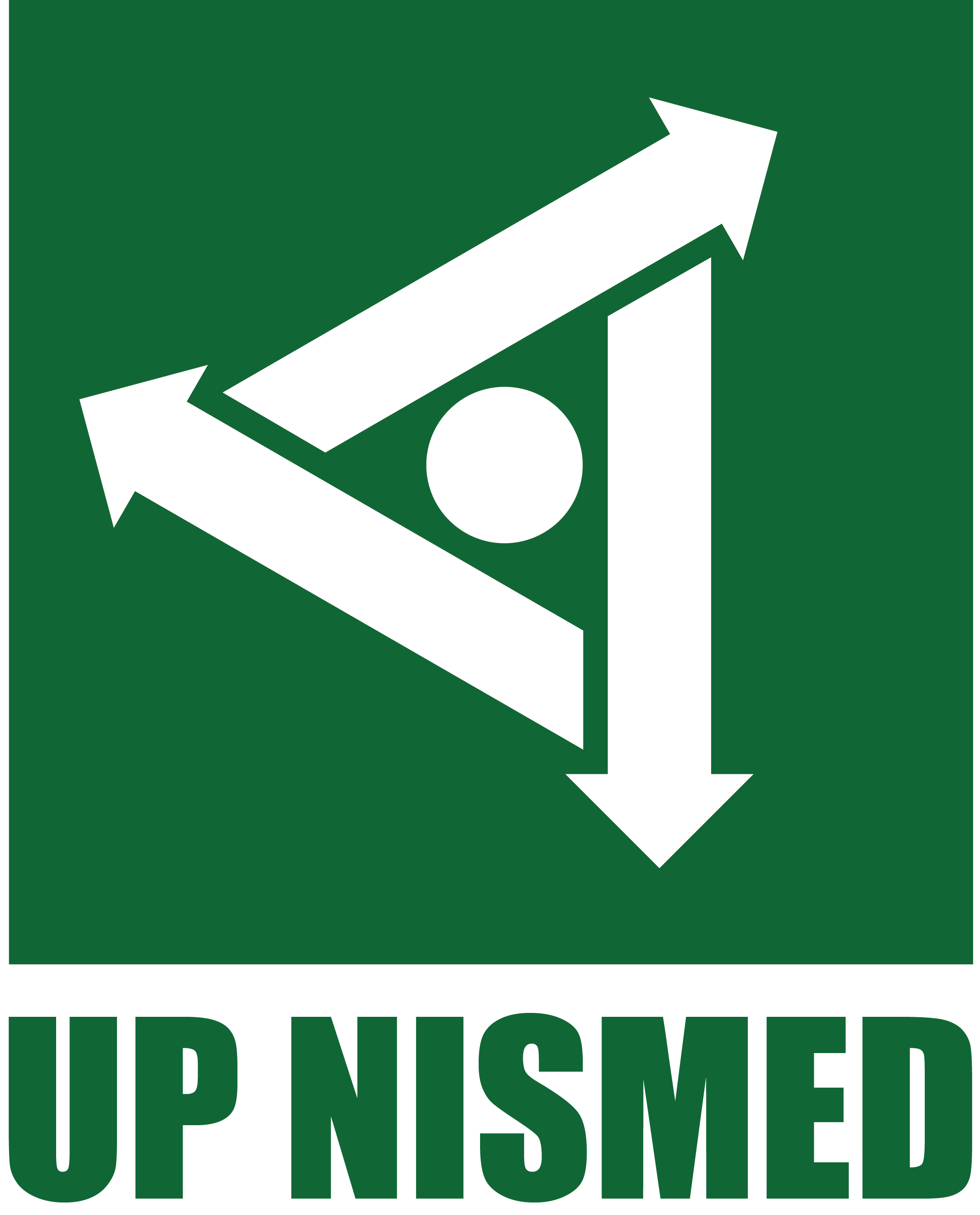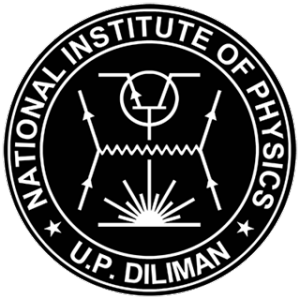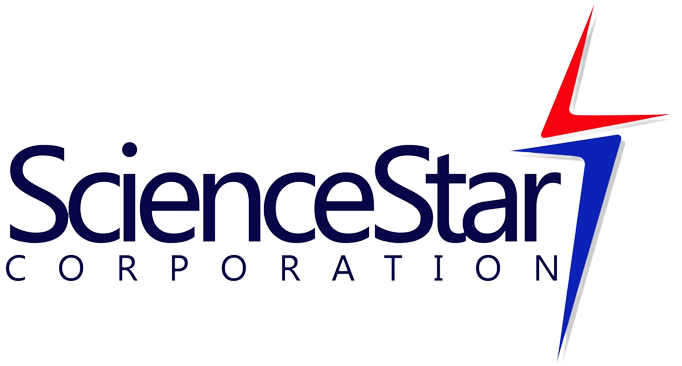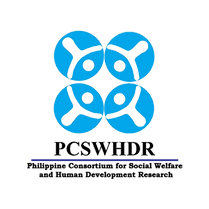Utilization of porcine bones to fabricate hydroxyapatite pellets and their application towards removal of Zn2+ and Cu2+ ions in aqueous solution
Abstract
Heavy metal contamination in water poses great risks to both the environment and human health. The use of agricultural waste product in heavy metal removal process adds more economic value to the material. In this study, porcine bones were utilized to recover hydroxyapatite (HAp). The novelty of this research is that HAp was sintered into pellets to solve the extraction of adsorbent after adsorption. The pellets were used to adsorb copper and zinc ions under varying pH levels. Sintered HAp from porcine bones has been proven to be an effective adsorbent with 99.89% removal of copper at pH 11 and 99.96% removal of zinc at pH 9.
Downloads
Issue
Physics linkfest: Spanning science & technology
23-25 October 2013, University of San Carlos, Cebu City



